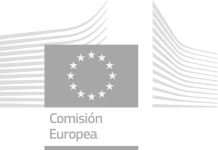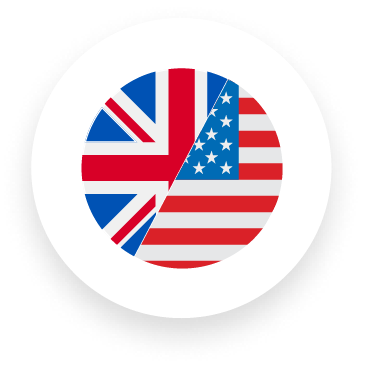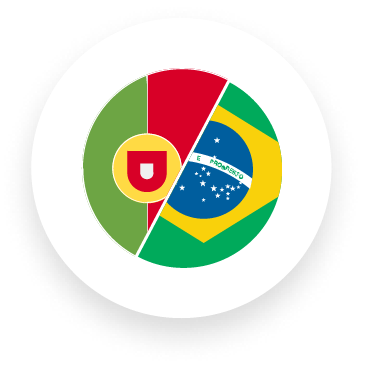LANGUAGE TRANSLATION
We translate into any language in the world! Which language do you need?
Scalable language translation. Technology and humans. Automation. Translation services with an accent on privacy.
Over 25,000 certified native translators
Expert and professional translation
Cultural adaptations to your target audience
25 years of experience
Confidentiality
Fast turnaround
Machine Translation for over 500 language pairs
If you are looking for quality and agility in your translations, our Machine Translation is the solution. Let Artificial Intelligence developed and trained by Pangeanic help you with your multilingual projects.

Leading organizations that trust Pangeanic
.png)


















